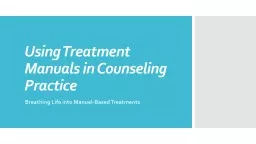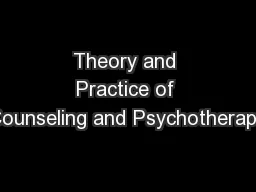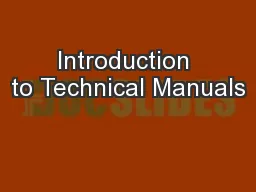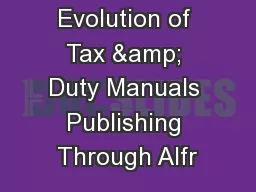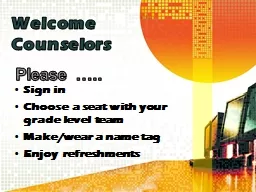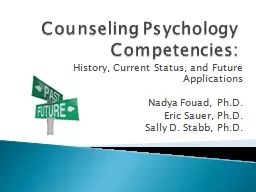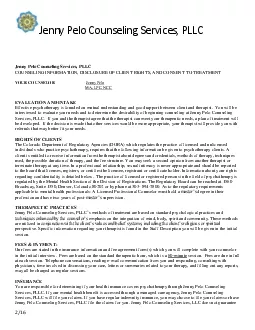PPT-Using Treatment Manuals in Counseling Practice
Author : calandra-battersby | Published Date : 2017-12-17
Breathing Life into ManualBased Treatments What is a treatment manual Standard presentation of a treatment protocol Portrays content and processes of therapeutic
Presentation Embed Code
Download Presentation
Download Presentation The PPT/PDF document "Using Treatment Manuals in Counseling Pr..." is the property of its rightful owner. Permission is granted to download and print the materials on this website for personal, non-commercial use only, and to display it on your personal computer provided you do not modify the materials and that you retain all copyright notices contained in the materials. By downloading content from our website, you accept the terms of this agreement.
Using Treatment Manuals in Counseling Practice: Transcript
Download Rules Of Document
"Using Treatment Manuals in Counseling Practice"The content belongs to its owner. You may download and print it for personal use, without modification, and keep all copyright notices. By downloading, you agree to these terms.
Related Documents

